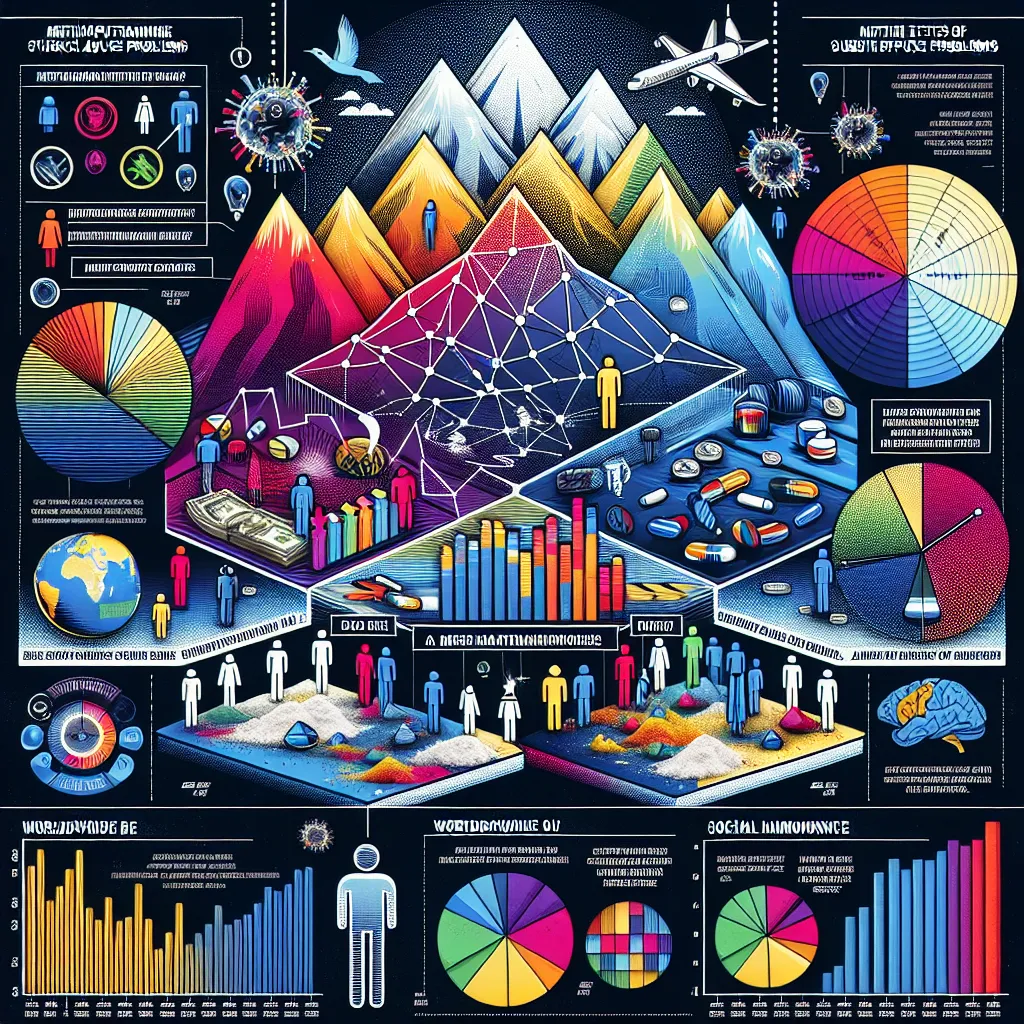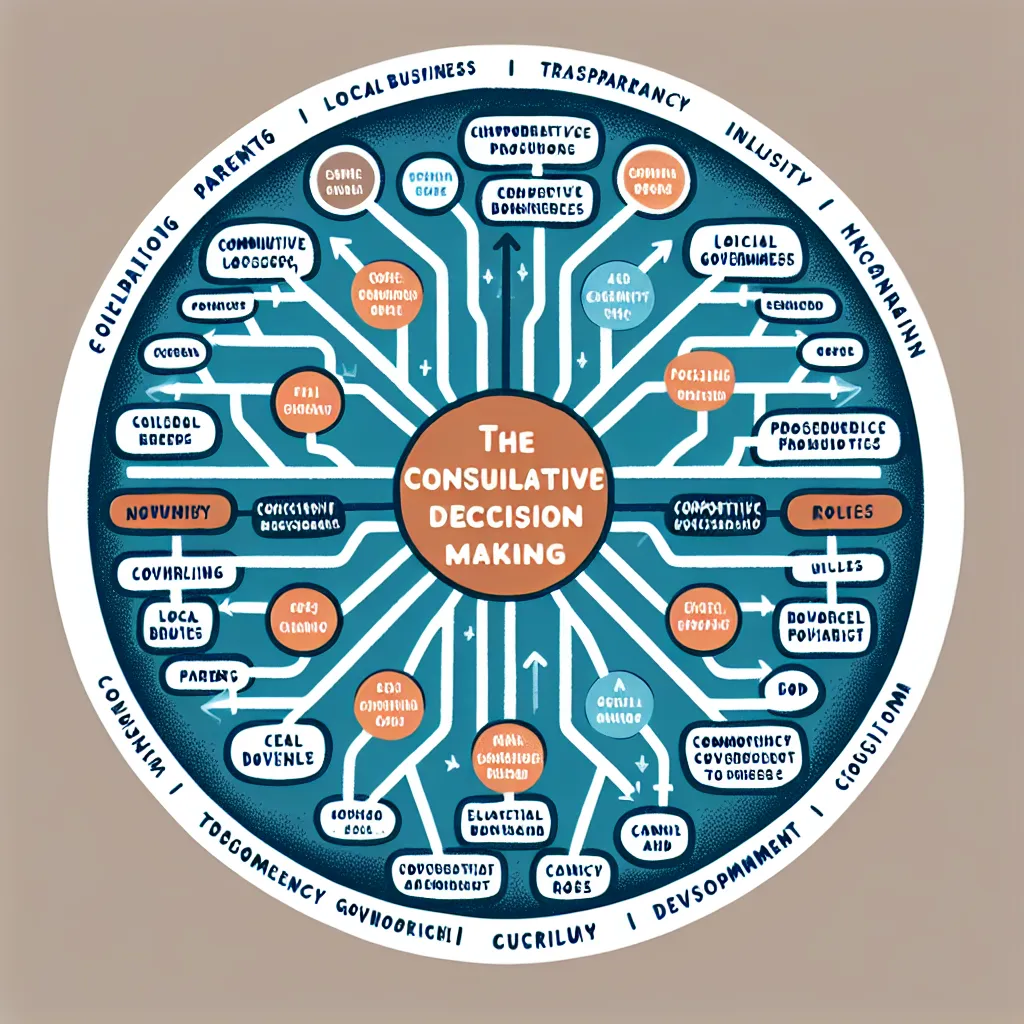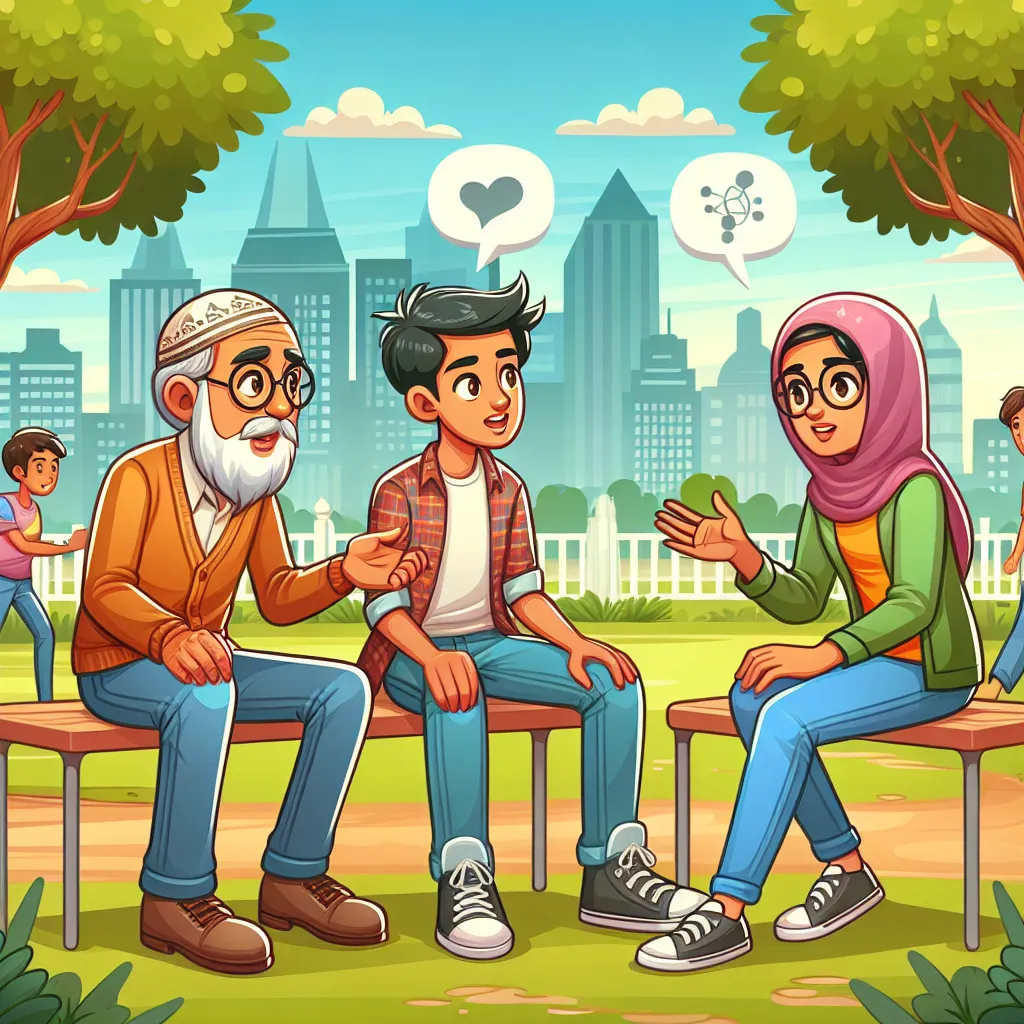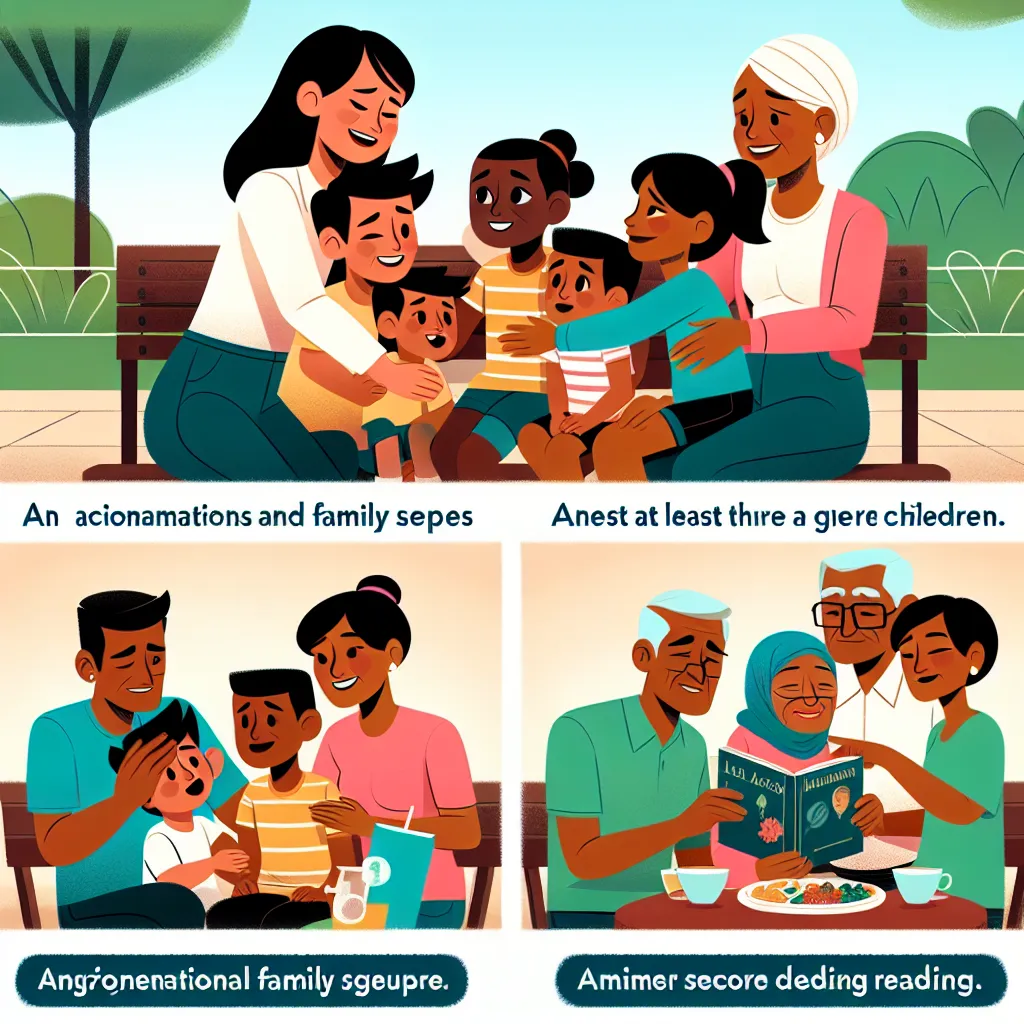Ask AI on The Internet
Question: Creating a comprehensive Problem Tree and Objective Tree using the Logframe technique for the topic of violence in a village involves three levels each for causes and consequences. Below is a simplified example: Problem Tree: Level 1: Violence in the Village* - Violence in the village Level 2: Causes of Violence* 1. Social Disintegration 2. Economic Inequality 3. Lack of Law Enforcement 4. Substance Abuse 5. Cultural Norms Supporting Violence 6. Limited Access to Education 7. Political Instability 8. Gender-based Discrimination 9. Youth Unemployment 10. Inadequate Social Services Level 3: Causes of Social Disintegration (Example) 1. Weak Community Ties 2. Tribal or Ethnic Divisions 3. Migration and Displacement 4. Lack of Social Cohesion 5. Family Breakdown 6. Discrimination Against Vulnerable Groups 7. Insufficient Community Engagement 8. Historical Grievances 9. Communication Barriers 10. Lack of Conflict Resolution Mechanisms **Level 2: Consequences of Violence** 1. Physical Harm 2. Emotional Trauma 3. Loss of Lives 4. Property Destruction 5. Displacement of Residents 6. Fear and Insecurity 7. Erosion of Trust 8. Economic Decline 9. Impact on Education 10. Health Issues **Level 3: Consequences of Emotional Trauma (Example)** 1. Post-Traumatic Stress Disorder 2. Depression and Anxiety 3. Interpersonal Relationship Issues 4. Substance Abuse as Coping Mechanism 5. Reduced Productivity 6. Increased Suicide Rates 7. Impact on Parenting 8. Educational Disruption 9. Aggressive Behavior 10. Stigmatization Objective Tree: Level 1: Violence Prevention in the Village** - Reduction in Violence Level 2: Objectives for Violence Prevention** 1. Strengthen Social Cohesion 2. Promote Economic Equality 3. Enhance Law Enforcement 4. Combat Substance Abuse 5. Challenge Cultural Norms Supporting Violence 6. Improve Access to Education 7. Ensure Political Stability 8. Eliminate Gender-based Discrimination 9. Address Youth Unemployment 10. Strengthen Social Services **Level 3: Sub-Objectives for Strengthening Social Cohesion (Example)** 1. Foster Community Engagement 2. Promote Inclusivity and Diversity 3. Develop Conflict Resolution Skills 4. Establish Community Support Networks 5. Strengthen Family Ties 6. Encourage Communication and Understanding 7. Provide Training on Conflict Resolution 8. Address Historical Grievances 9. Create Platforms for Dialogue 10. Implement Social Integration Programs This is a simplified example, and in a real-world situation, these trees would be developed through consultation with community members, experts, and relevant stakeholders to ensure a more accurate representation of the specific context and dynamics in the village. create a box diagram problem tree with the information above
As an AI text-based model, I'm unable to create graphics or diagrams directly. However, I can describe how you might create a box diagram based on the problem tree information provided. 1. **Start with the central problem.** Create a large box in the center of your page or canvas. This is where you should write "Violence in the Village." 2. **Identify the causes and effects.** Draw lines stemming from the central box to smaller boxes placed around it. Label these boxes with the causes (level 2) listed under "Causes of Violence" (social disintegration, economic inequality, etc.) and the effects (level 2) listed under "Consequences of Violence" (physical harm, emotional trauma, etc.). 3. **Detail the causes and effects.** From each of these smaller boxes, draw lines to even smaller boxes where you can fill in the detailed causes (level 3) of, for example, social disintegration (weak community ties, tribal or ethnic divisions, etc.) and the detailed effects of, for example, emotional trauma (Post-Traumatic Stress Disorder, depression and anxiety, etc.). Remember, the purpose of your problem tree is to provide a comprehensive understanding of the problem (violence) by depicting its root causes and its effects in an easy-to-comprehend, visual format. Make sure every box is connected in a logical way to represent cause-and-effect relationships accurately.
A new large language model has been made available since this question was asked.
To generate an updated answer from the new model, click the button below.
Think your answer is better than the AI's? Post it below.
Other Most Relevant Posts:
 Box Diagram: Problem Tree - Violence in the Village
```
[Level 1: Violence in the Village]
- Violence in the village
[Level 2: Causes of Violence]
- Social Disintegration
- Economic Inequality
Box Diagram: Problem Tree - Violence in the Village
```
[Level 1: Violence in the Village]
- Violence in the village
[Level 2: Causes of Violence]
- Social Disintegration
- Economic Inequality
Question Tags
If you want your question answered by an AI, click here.






Post your own comment: